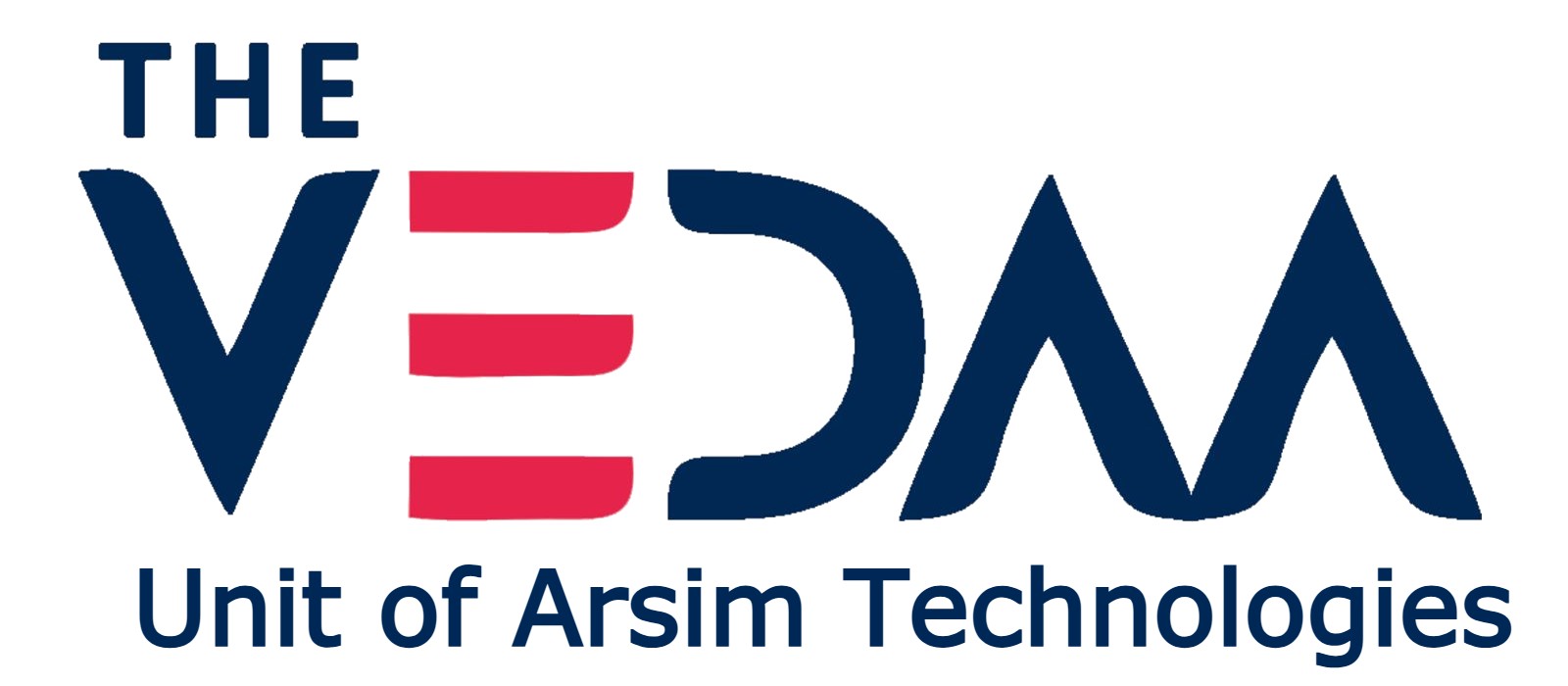Follow On:
howauctionsimpactBlog
How auctions impact sustainability and support the circular economy
The longstanding conventional benefits of selling at auctions isn’t a new concept: the ability to generate revenue and minimise costs through selling excess assets is simple and effective for the buyer as well as the vendor.
Auctions provide vendors with a clear time and date in closing a sale offering them a structured and organised approach to selling their goods. Meanwhile buyers can benefit from quick acquisitions and the potential to purchase items below market value.
However, with the societal shift towards fostering a greener economy, auctions are increasingly being recognised for promoting sustainability and advancing the circular economy.
UNDERSTANDING THE CIRCULAR ECONOMY
Historically, products follow a linear lifecycle, known as the ‘cradle-to-grave’ or ‘take-make-dispose’ model. Ultimately, items finish their lifecycle in landfills or incinerators, harming the environment through toxic emissions.
By contrast, the circular economy shifts away from this model, embracing a ‘cradle-to-cradle’ or ‘make-use-recycle’ approach. Here, products are viewed as valuable resources to be continuously recycled back into the economy, prolonging their lifecycle.
While bio-based products participate in the ‘biological cycle’, returning to the earth through practices like composting, technological goods engage in the ‘technical cycle’. In this process, products are shared, maintained, reused, remanufactured, and recycled, with the outer rings signifying more intensive efforts to extend the product lifespan.
By ensuring products maintain value and utility over multiple lifecycles, the circular economy promotes resource efficiency and overall sustainability.

